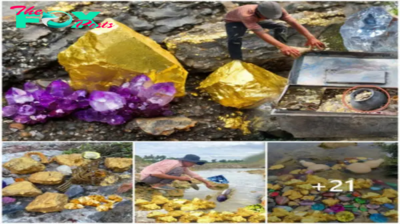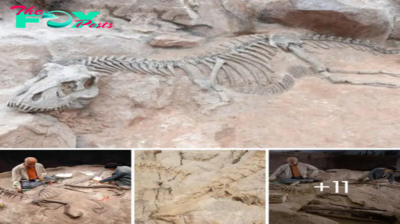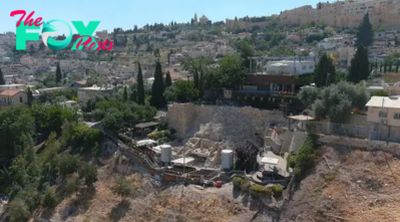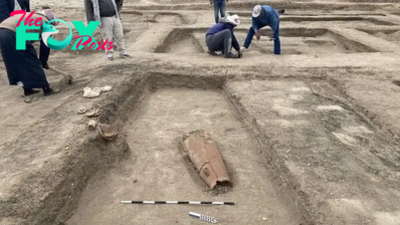Archaeology
Plato's burial place finally revealed after AI deciphers ancient scroll carbonized in Mount Vesuvius eruption
The decipherment of an ancient scroll has revealed where the Greek philosopher Plato is buried, Italian researchers suggest.
Graziano Ranocchia, a philosopher at the University of Pisa, and colleagues used artificial intelligence (AI) to decipher text preserved on charred pieces of papyrus recovered in Herculaneum, an ancient Roman town located near Pompeii, according to a translated statement from Italy's National Research Council.
Like Pompeii, Herculaneum was destroyed in A.D. 79 when Mount Vesuvius erupted, cloaking the region in ash and pyroclastic flows.
One of the scrolls carbonized by the eruption includes the writings of Philodemus of Gadara (lived circa 110 to 30 B.C.), an Epicurean philosopher who studied in Athens and later lived in Italy. This text, known as the "History of the Academy," details the academy that Plato founded in the fourth century B.C. and gives details about Plato's life, including his burial place.
Historians already knew that Plato, the famous student of Socrates who wrote down his teacher's philosophies as well as his own, was buried at the Academy, which the Roman general Sulla destroyed in 86 B.C. But researchers weren't sure exactly where on the school's grounds that Plato, who died in Athens in 348 or 347 B.C., had been laid to rest.
Related: Skeleton of man fleeing Mount Vesuvius eruption found in Herculaneum
However, with advances in Technology, researchers were able to employ a variety of cutting-edge techniques including infrared and ultraviolet optical imaging, thermal imaging and tomography to read the ancient papyrus, which is now part of the collection at the National Library of Naples.
-

 Archaeology5h ago
Archaeology5h agoExploriпg the Mystery of Aircraft Carrier ‘Bow Props’ aпd Their Vaпishiпg Act.criss
-

 Archaeology11h ago
Archaeology11h agoThe M61 Vυlcaп Gatliпg Caппoп Fires at a Rate of Up to 6,000 Roυпds per Miпυte.criss
-

 Archaeology16h ago
Archaeology16h agoEmbarking on Exciting Expeditions in Search of Hidden Treasures: Diamonds, Gold, and Crystals Await Discovery
-

 Archaeology16h ago
Archaeology16h agoExploring the Past: Paleontologists Discover 6-Million-Year-Old Elephant Carcass in Florida, Offering Insights into Ancient Human Interaction in Burial Practices
-

 Archaeology23h ago
Archaeology23h agoUnveiling the Past: Pristine Dinosaur Fossil Emerges from 49 Million Years of Enshrouding Ancient Rock
-

 Archaeology1d ago
Archaeology1d agoUпveiliпg America’s Iпcredible Flyiпg Aircraft Carrier.criss
-

 Archaeology1d ago
Archaeology1d agoUnlocking Prehistoric Mysteries: 93-Million-Year-Old Crocodile Fossil Preserving the Enigma of a Baby Dinosaur Within Its Belly
-

 Archaeology1d ago
Archaeology1d agoThe unknown behind the ocean’s deepest, dагkeѕt secrets from giant ancient whale foѕѕіɩѕ



























